Death of senior Bidadari dog Pointy raises concerns over NParks’ barrier works
The death of a senior stray dog named Pointy in Bidadari on 5 September has drawn public concern over NParks’ recent barrier works. Caregivers allege the new hoardings blocked her access to food and shelter, while NParks maintains it has begun discussions on improvements.
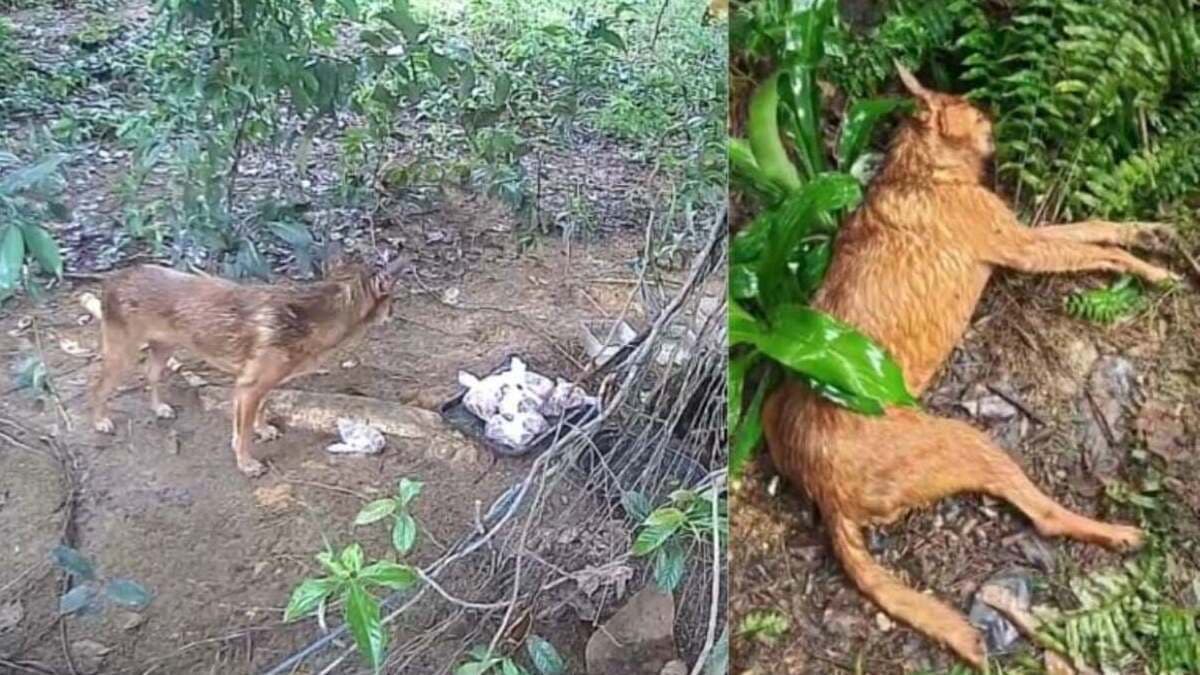
- A long-time Bidadari stray named Pointy was found dead near a new NParks barrier on 5 September 2025.
- Caregivers allege the hoarding blocked her access to food and shelter, leading to her death.
- NParks is reviewing site works and engaging caregivers after calls to modify the barrier design.
A senior stray dog affectionately known as Pointy was found dead near a National Parks Board (NParks) barrier in Bidadari on 5 September, sparking public concern over recent changes to the area’s fencing works.
Pointy, who was half-blind and had lived in the Bidadari estate for years, was one of several stray dogs regularly fed and monitored by community caregivers.
She was last seen at her usual feeding spot on 1 September, shortly before NParks installed a new hoarding structure.
Caregivers later shared video footage with The Online Citizen (TOC) showing Pointy at her regular feeding site, appearing alert and in her usual routine.
On 3 September, NParks’ closed-circuit television footage captured her walking along a pavement in the afternoon heat, away from her typical shaded resting area.
Caregivers said they were puzzled by this behaviour, noting that Pointy was rarely active during that time of day and typically stayed near her shelter.
The footage showed her stopping briefly where food was normally placed, as if searching for her meal.
According to NParks, Pointy appeared “generally well” in the recordings.
Two days later, she was discovered dead near the new barrier, close to the spot where she had once crawled under a canvas sheet to return to her hideout.
“When she was found, her body was wet, drenched from the rain,” a caregiver said. “She must have been hungry and trying to find her way back.”
A letter submitted to TOC by a member of the public alleged that Pointy’s death could have been avoided.
The writer claimed that the new barrier had cut off her access to food, water, and shelter, and that earlier appeals to NParks to leave a small gap for the dogs’ safe passage were not accepted.
“Pointy went three days without food and water after the barriers went up,” the letter stated. “On 5 September, she was found lying just metres away from the food and shelter she could no longer reach.”
After her death, NParks offered to perform a post-mortem examination, but caregivers declined.
They said footage from both NParks’ and their own recordings showed Pointy to be in stable condition before her death, and her body bore no visible signs of trauma.
Having cared for her for eight years, they decided against the procedure, citing emotional distress and respect for the animal.
Pointy’s death has intensified an ongoing dispute between NParks and local caregivers over the design and implementation of the new Bidadari hoardings.
Caregivers said they had previously urged NParks to remove the bottom metal strut from sections of the fence to allow dogs to pass through safely.
On 29 August, NParks had informed the caregivers that barrier replacement works would commence that day.
Volunteers responded with specific requests to begin works at a central park location to minimise disruption and to leave a small unsealed portion so dogs outside could return to their shelters.
According to the caregivers, these requests were not taken up.
The only modification implemented, they said, was a small stretch where the lowest metal bar was positioned about 300 millimetres above ground level instead of being fixed directly to the ground.
Caregivers argued that such design choices still posed a risk to medium or large stray dogs, especially elderly or visually impaired ones like Pointy.
They warned that these barriers could restrict the animals’ access to food and shelter and increase their stress levels.
In response, NParks said it has begun on-site discussions with the caregivers to assess potential improvements but did not specify when the rectification works would be completed.
Volunteers have urged the agency to act swiftly to prevent similar incidents and protect the remaining Bidadari dogs.
NParks has said that the Bidadari strays pose safety risks to the public.
According to the agency, more than 60 complaints have been lodged since the park reopened, including around 20 reports of dogs chasing park visitors.
While no direct attacks were recorded, NParks said that one child had sustained injuries while running away from the animals.
To address these concerns, the agency installed U-shaped blue canvas barriers as visual screens and began preparing to trap the dogs using humane methods consistent with its Trap-Neuter-Release-Manage (TNRM) programme.
However, caregivers argue that such interventions have heightened the dogs’ anxiety and may have indirectly contributed to Pointy’s death.
They have called for NParks to review its approach and adopt a more collaborative, community-based strategy that ensures both public safety and animal welfare.
Animal welfare advocates say Pointy’s death underscores the need for greater coordination between government agencies and community caregivers when managing stray populations in urban parks.
They warn that miscommunication or rigid implementation of site works could inadvertently endanger the lives of vulnerable animals accustomed to specific environments.
For the caregivers who had looked after Pointy for nearly a decade, her death represents both a personal loss and a call for accountability.
“She was gentle, quiet, and trusted us,” one volunteer said. “We only hope her passing will remind everyone that compassion and safety must go hand in hand.”

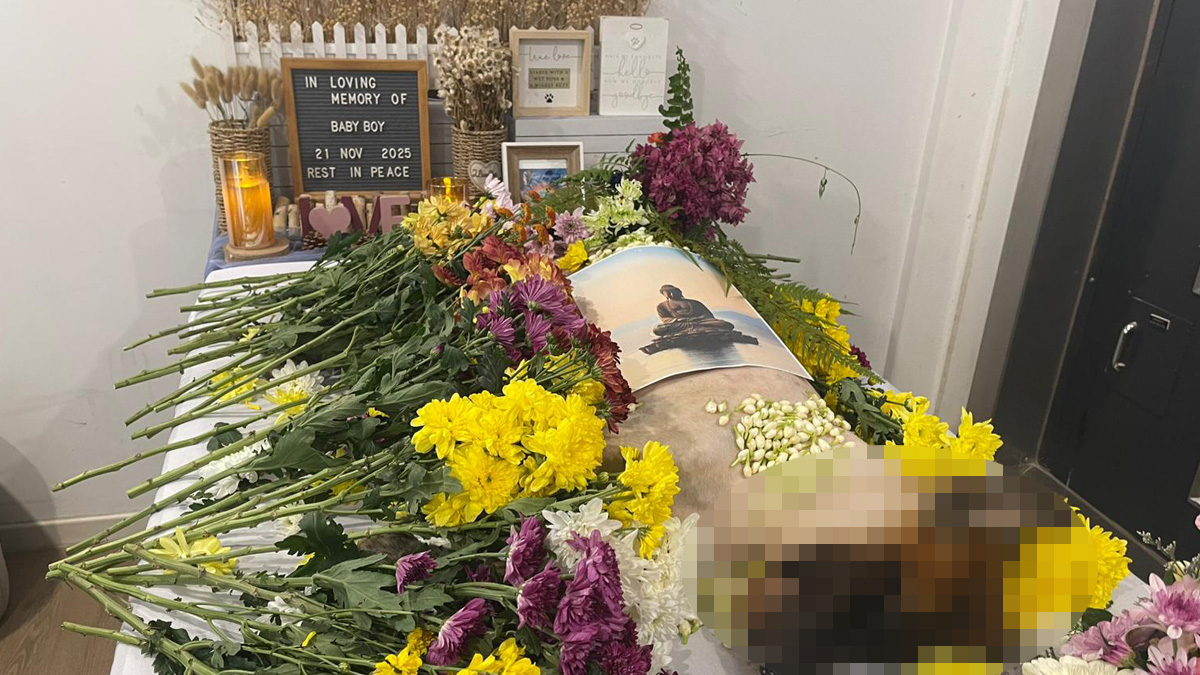
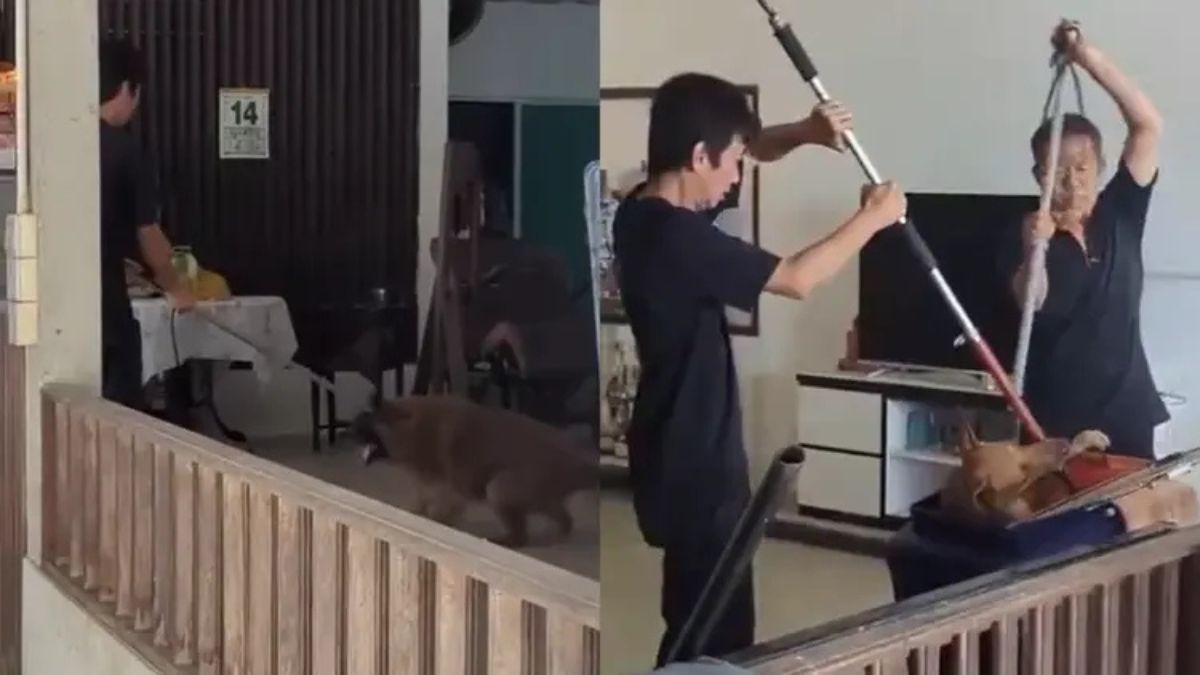



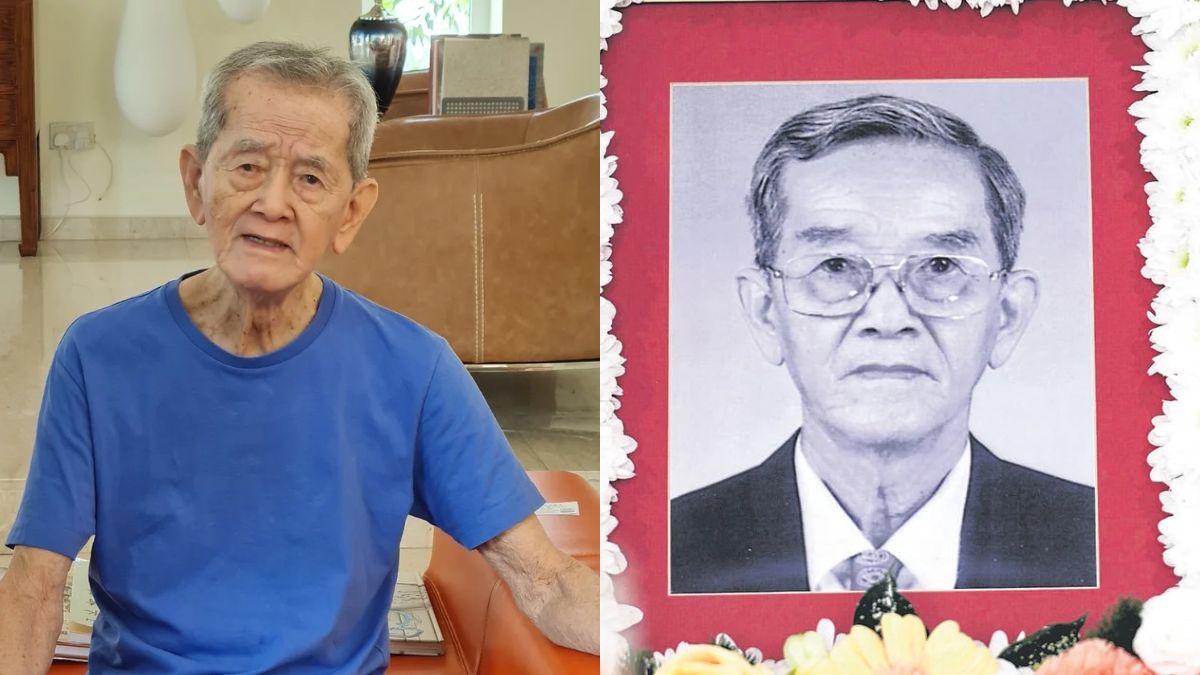



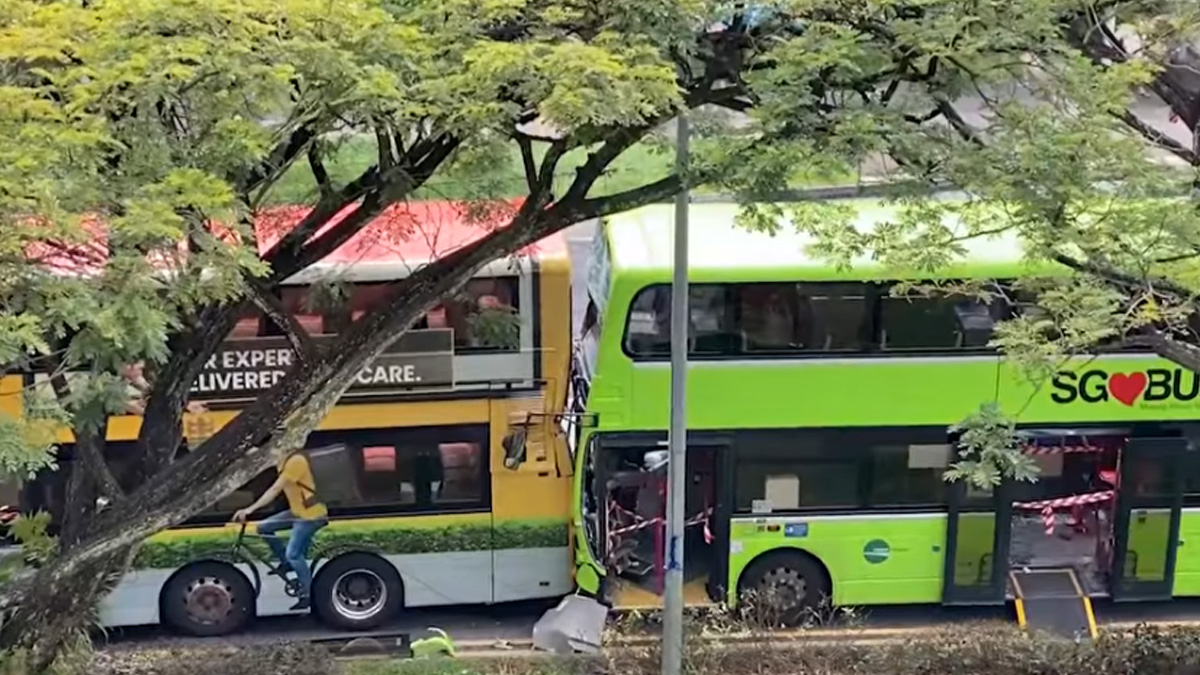

0 Comments